You will be equipped with the following tools:
-
Journaling Through Grief in 40 Days
Help clients through the process of grief journaling so that they may connect with, express, and explore thoughts and feelings surrounding the loss of a loved one in a safe, non-judgmental environment.
-
Analyzing My Way of Grieving
Help bereaved clients analyze their way of grieving so that they can better understand the multidimensional nature of grief.
-
People Supporting You As You Grieve
Help your clients analyze and create a visual representation of the relationships and resources that they can access to support them as they grieve.
-
The Right to Grieve In Your Way
Help bereaved clients to feel less pressure to feel or respond in a certain way during their grieving process.
-
You Are Not Alone in Your Suffering
Help clients recognize that while their experience of grief is unique, the loss is a natural part of the broader human experience
-
Working Through the Four Tasks of Mourning
Inform clients about the tasks of the mourning model, help them identify their current task of grief, and take steps to move through this task.
-
The Life Certificate
Help clients renegotiate their relationship with grief by creating a ‘Life Certificate’ that honors the lives of lost loved ones and solidifies an enduring emotional connection with the deceased.
-
Taking Care of the Grieving Self
Provides a framework for assessing your client’s levels of self-care while providing suggestions and space to brainstorm novel and creative ways to take care of the grieving self.
-
Sharing Your Loss with Others
Help clients share their loss with others by talking about their grief, listening to the stories of others, and reflecting upon their experiences.
-
Metaphors of Grief
Help clients access, accept and process their feelings of loss and grief through the use of metaphor.
-
Restoring the Broken Mirror Metaphor
Using the metaphor of restoring a broken mirror, this tool helps clients identify useful activities that will help them reassemble the pieces of themselves that were shattered by loss.
-
Reconnecting With the Deceased Through Imagery
Help bereaved clients use imagery to intentionally connect with the inner presence of the deceased.
-
Creating Rituals Around Loss
Help clients create rituals around loss inspired by their love for the deceased so that they can better manage extreme emotions and regain the sense of control impaired by life-changing loss.
-
Continuing the Bond to the Deceased Through Ritual
Help clients brainstorm and establish traditions to celebrate the lost loved one in their life.
-
Bigger Than Grief
Help clients prevent complete immersion in grief by connecting with their strengths and values.
-
A Fine Line Between Avoidance and Helpful Distraction
Help clients find the balance between processing their grief and utilizing adaptive avoidance activities so that they may find experiences that provide temporary respite from the intensity of grief.
-
A Letter to the Deceased
Help clients reflect upon their relationship with the deceased and articulate any lingering thoughts, concerns, or regrets associated with things left unsaid while the person was still alive.
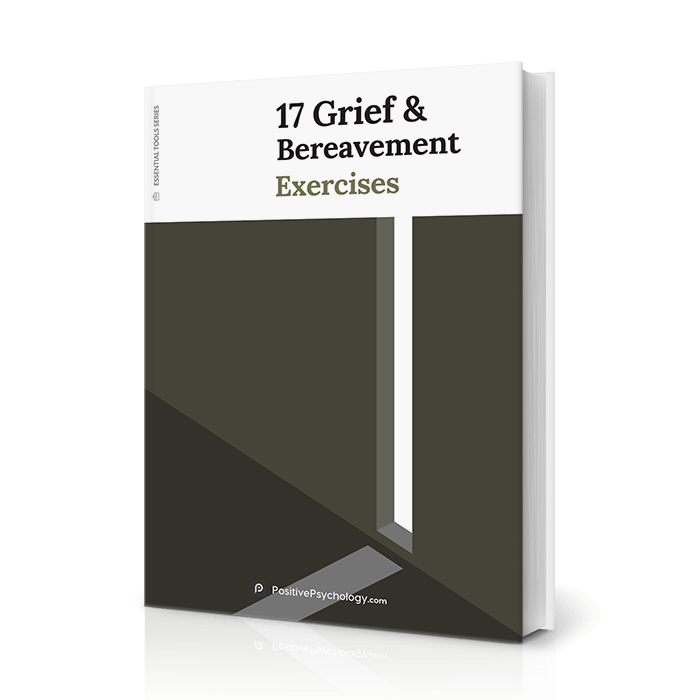
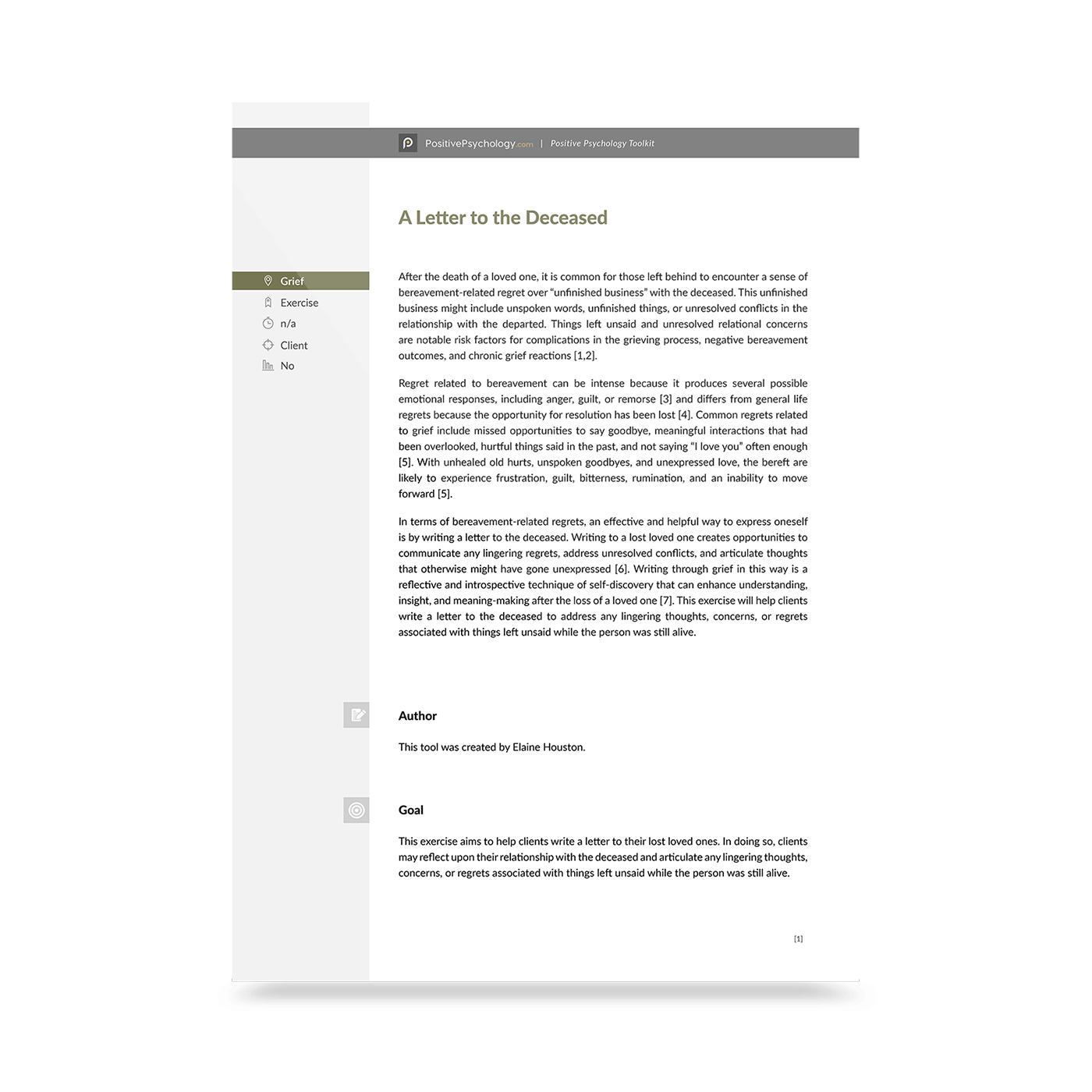
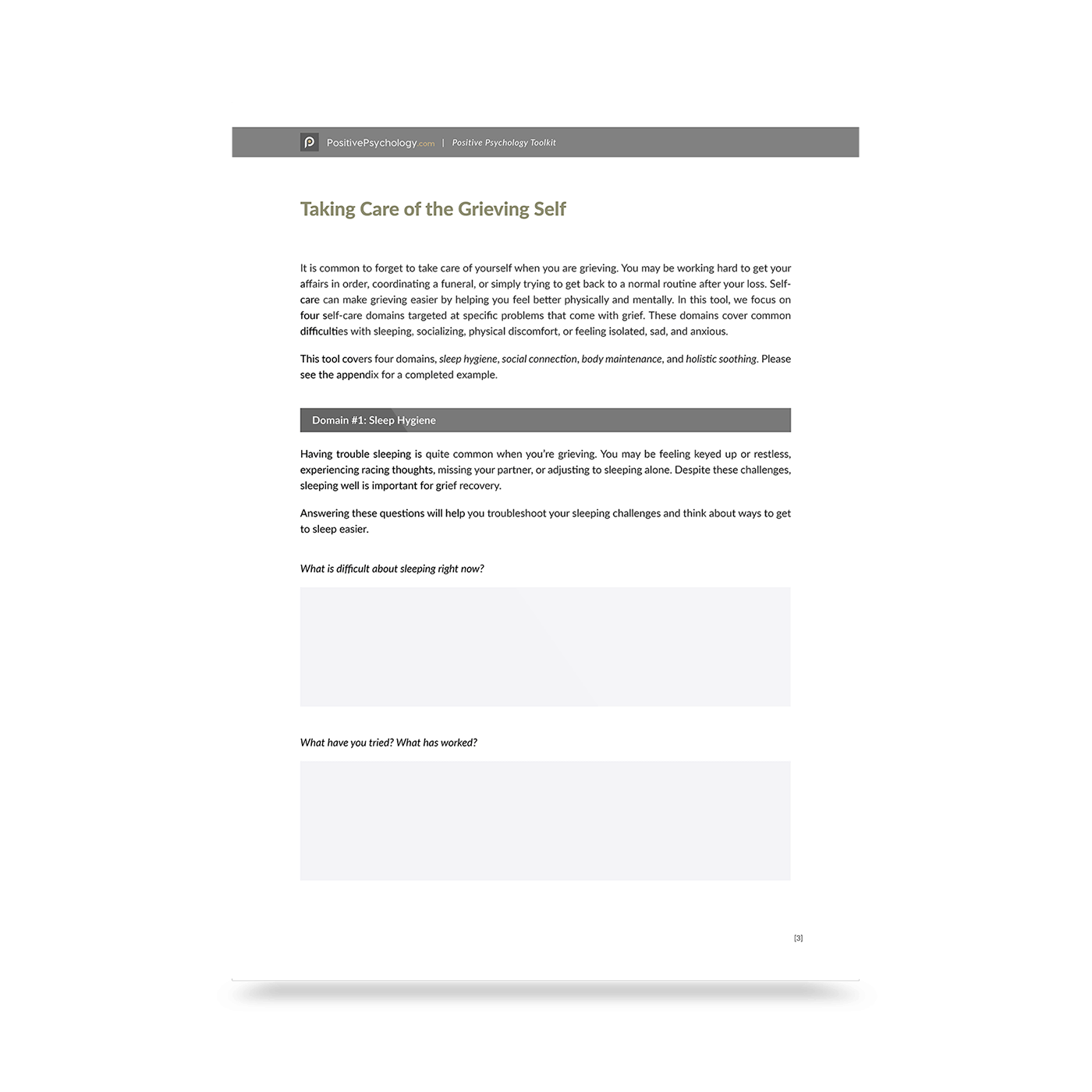
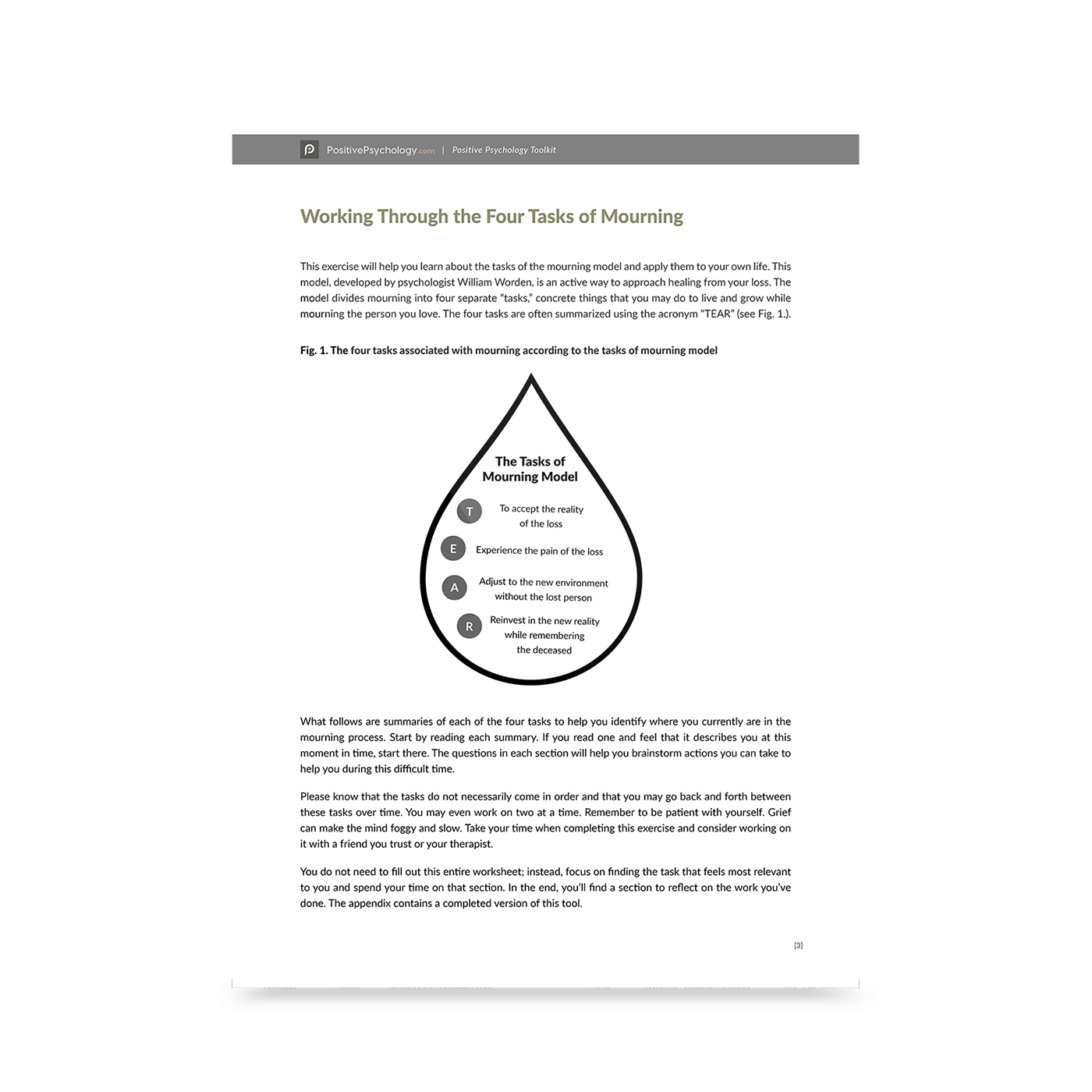




















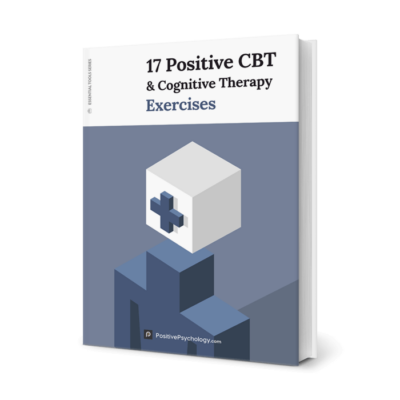
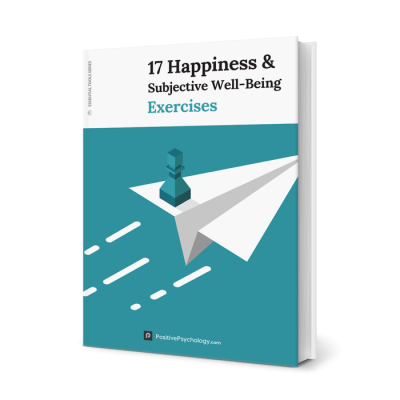
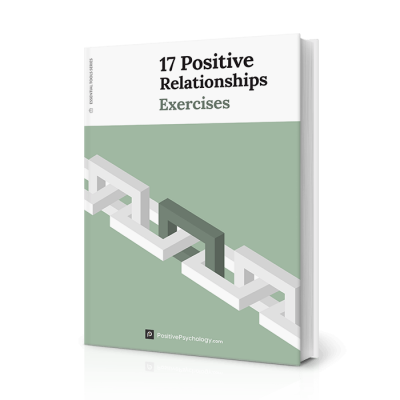
Arzu Ozkose –
The tools were very profound for a coaching session and also for further work of the client’s self-transformation.
Rakesh Lazar –
The set of tools and exercises offered were applicable to a wide variety of objectives in co-partnering with my clients and students. Everything about the way it has been created is just glorious! They are evidence-based, instructional, visually comforting, intuitive and most of all… serves the purpose of bringing clarity and awareness!